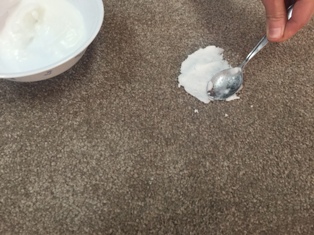After heavy rain or storms, you might find some funky smells in your home. Heavy rain, high humidity, and warm temperatures provide excellent conditions for mould growth. If you do have any unpleasant new odours then there’s a good chance that what you're smelling is the “off-gas” or bi-product from mould or fungal growth. You should be especially aware of this if you have had carpets get wet due to an open window, leaks or large spills, or if your carpet has been unable to dry for some time.
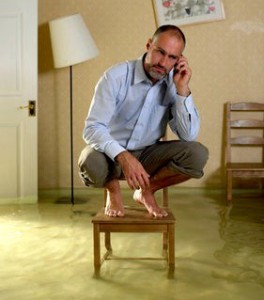
Here’s a few mould facts to help us know what we’re dealing with:
- Mould needs water, oxygen and food to grow. It can grow almost anywhere there is water, high humidity or damp conditions.
- Mould loves dark areas and hates UV ligh
- Mould grows best when there is minimal air-flow
- Mould can feed off just about any organic material including food, cotton, leather (especially suede), wood and mould especially loves the hessian backing used on carpets, called jute.
- Just because you can’t see mould, doesn’t mean that you don’t have it. Sometimes your nose is the best mould detector available. An increase in runny noses or sore eyes in the household is also a good indicator of mould or fungal growth
So what should you do if you’ve noticed some funky mould odours?
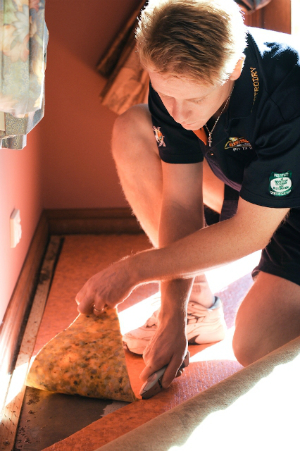
1. Identify the moisture source
Sometimes the moisture source is obvious, like rain through an open window, and sometimes it can be harder to track, such as rising damp or a leaky roof. After periods of rain in warm weather, mould growth will often occur in confined areas with high humidity, such as closets and wardrobes.
Look for signs of moisture and/or mould growth and then put your nose to work! If you can’t identify the source and you’re smelling a significant mould issue, then Electrodry can organise an inspection to identify the location of the mould.
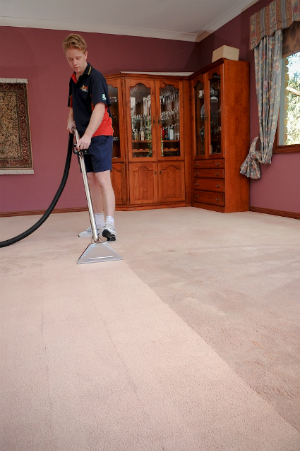
2. Remove the water source
This might require the services of a plumber or builder, but action now could save further structural damage down the line
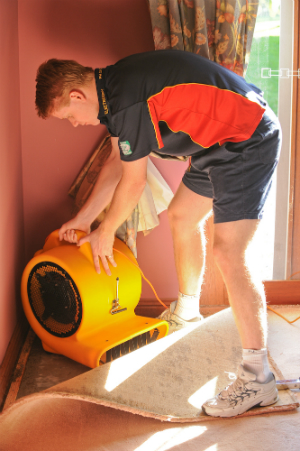
3. Remove the moisture the mould is feeding off.
Increase airflow and natural light as much as possible. Take things outside to dry where if can. Dessecant dehumidifiers such as Damp-rid are tools to absorb moisture in humid, dark areas such as closets.
Wet carpet often will not dry by itself, and mould will generally grow in the backing of a wet carpet. If your carpet has been wet and you can see or smell any mould growth then there is probably still moisture present. Electrodry can help in this case, but you may want to notify your insurer first, as mould affected carpet may require replacement.

Kill the mould
This is the hard part! Keep in mind that Bleach does not kill mould, it bleaches the colour out of the mould growth. Likewise, painting over mould won’t kill the existing mould.
- Use UV light. Natural light is very effective at killing mould. Place mould affected items in the sun wherever possible.
- Remove the moisture.
- Wipe down all affected surfaces with a mix of white vinegar and water (1:1 ratio). You will need to treat the whole room, as there will be mould growing that you can’t see. After using vinegar, clean over with a household cleaner to remove any mould stains. If you get to the problem quickly then this solution will likely be effective.
Total mould removal can only be guaranteed with professional cleaning and laboratory testing. It can also be very tricky as mould spores can travel from room to room. If you have any concerns with your mould issue, then Electrodry provides a mould treatment service with testing to confirm that all of the mould is removed.
SUBSCRIBE TO OUR NEWSLETTER
Sign up for email promotions, tips and special offers.




